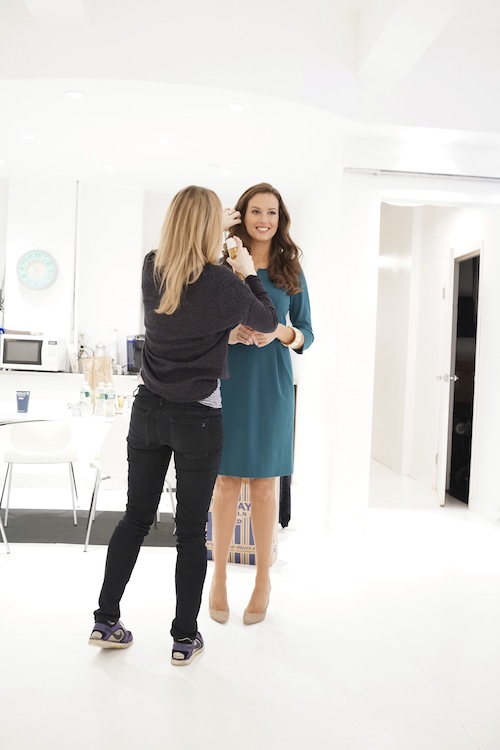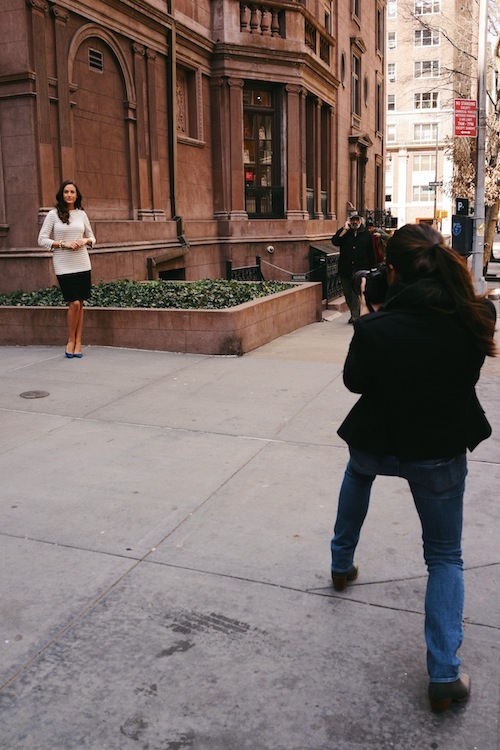Back in 1999, attending the Consumer Electronics Show in Las Vegas, I stumbled across a small booth at the back of the show from a Canadian company called Research in Motion. While they weren’t drawing much of a crowd, I was hugely intrigued by the product they had just launched, which they were calling a “Blackberry”. It looked like a Motorola two-way pager, but it didn’t send pages – instead, it let people send and receive email.
At that point, most people didn’t care much about – or even have – email on their desktop computers. And everyone I showed the Blackberry to, including the people in the tech and finance worlds I was working with at the time, told me that they would never, ever carry some sort of hand-held email device if they did.
But, even back then, even on a kludgy pager-sized Blackberry, it was clear to me that carrying your email in your pocket all day would completely change your relationship with that email.
Hop to 2012, and the [Pebble Digital Watch](http://www.kickstarter.com/projects/597507018/pebble-e-paper-watch-for-iphone-and-android?ref=email), a Kickstarter project [I blogged about backing last year](https://www.joshuanewman.com/2012/04/watch-this-2/). I received that Pebble about a month ago, I’ve been wearing it on my wrist ever since, and I can honestly say it’s no less of a revolution than that Blackberry.
The downside of the Blackberry, the thing I hadn’t foreseen at the time of my early purchase, was the degree to which those little screens would one day run our lives. If you want to despair about a *Blade Runner* dystopian future, head to any public place, look around, and notice that literally every single person – even, largely, people sitting together in groups – is engaged in their own separate world, entirely mediated by the little glowing screen in their hands.
It’s something I’m guilty of myself. Sure, most of the time, nothing of any import comes in via my phone in the middle of a meeting. But, every so often, something urgent actually does: an important question from Jess, an emergency at work. With that kind of intermittent reinforcement, pretty much every time I’m at coffee or lunch or dinner or drinks, I and the other people there all put our phones on the table, waiting for them to buzz with some update that perhaps plausibly might be important but almost certainly isn’t at all.
Hence the Pebble, which notifies me of calls or texts by buzzing my wrist, while my phone is tucked away in my bag or jacket pocket. That might not sound like a big difference – an interruption is an interruption – but, in fact, it’s a big one. Because I can’t actually respond to those calls or texts from the Pebble, I actually have to decide that responding is important and proactively get my phone out to do so, rather than just reflexively reacting to every ping and ding.
As Viktor Frankl pointed out, choice – as well as our growth and freedom – exists in the space between stimulus and response. The Pebble lets me engage with the stimulus – those texts and calls still roll in – but makes the space just big enough that I can more thoughtfully make the right choices about what, when and where warrants a response.
As I said, it doesn’t sound like much. But, in practice, on my actual wrist, it feels like meaningful progress.

